#Basic Photography
Dusk Photography
Below are some fantastic "dusk" photographs taken by Markruse17 on Pinterest.





Want to see more of his fantastic work? You can visit him here on Pinterest:

#Basic Photography, Natural Light
I love working with natural light, I always have. Even more so now that our digital cameras have sensors so incredibly capable of making images in extremely low light. Making portraits using natural light only is a good skill to learn so you can make photographs anywhere. Here are some tips to help you mast nature light portraiture.

When you want to make a series of portraits using only natural light, you first need to be aware of what the light is like at your chosen location and the style of portrait you want to make. Is the quality of light hard or soft?
If it’s a bright sunny day and the light is harsh (hard), you will get portraits with a much different look and feel, than if the sky is cloudy and overcast. Morning and evening light will give your portraits a different quality (soft light) as will photographing your subject indoors and using light from a window.

Soft side light from a window.
Hard sunlight can be quite challenging to work with, but can produce some good results if you style you portrait well. If you’re working in open sun it can be helpful to have a reflector on hand and a friend to assist you so dark shadows can be reduced.
Having a concept in mind for the type of photo you want will give you a better chance of success. If you’re heading out to make some portraits on a sunny day and have an idea of making some soft dreamy romantic photos, this will be difficult. But if you want to make some photos to illustrate the idea of a journey in a hot country the light will be your friend and support your idea.

Bight, harsh sun in the middle of the day.
Cloudy days provide a soft light that’s generally easier to get a more even exposure. The flat light tends to render a softer feeling to portraits.
So if you’re making portraits with natural light on a cloudy day, you will have more success if your concept is for a gentler look. Photos taken under a cloudy sky and later converted to black and white work well as the tone range will be more limited than on a sunny day.

Portraits on a cloudy day.
If the sky is heavily overcast you will find it challenging as the light will be very dull. On days when there’s not such thick cloud you will notice the light is still soft, but brighter and more vibrant (less flat,) so nicer for making portraits. Be careful of your exposure settings if the clouds are moving and the light value is frequently changing.
Finding a shaded space and making use of naturally reflected light will help you achieve a different look on a bright sunny day. This is not the same as the light you have on a cloudy day. Light reflecting off a wall close by or light-toned pavement, (cement rather than asphalt or dark paving,) will fill in shadows on your subject’s face and produce a more even, lively result.

Light reflecting off a nearby white wall provided fill light for this portrait.
Placing your subject so they are slightly inside a shaded area, but close to the bright sun,
can allow the reflection of the sunshine to have a very helpful effect in lighting your subject.
So long as your subject is not too far away from the bright light you can make use of the
reflection to add a more interesting dynamic to your portraits.
Of course, making portraits with the rich morning or evening sunshine (often called
Golden Hours), or even subdued light can produce very pleasing portraits. Be careful
though not to have your subject look directly ahead into the sun as they will typically
make an unpleasant face. Backlighting or side lighting your subject at these times can
be more effective and more comfortable for your subject. Diffused morning and evening
light is lovely to work with as it is soft yet can still be quite rich and warm toned.

Diffused early evening light.
I’ve loved making natural light portraits for many years, but I also enjoy developing
my technique by trying new ways of working. If you enjoy a particular aspect of
photography, stick with it, develop what you do. But don’t just do the same thing
every time.
If you like making portraits in natural light on a cloudy day because you find it
easier, sometimes try shooting on a sunny day. Stretch yourself to learn some new
technique. You may discover something new, a new way ot working that you really
enjoy.

I have a portable natural light studio I love to take into the mountain villages here
in northern Thailand. We’ve even started including it in some of the workshops we
run and our customers love the professional looking results they can achieve. My
outdoor studio only requires that we have space to set it up, (just a few square meters
is enough,) and a sunny day for the best light, but I do use it on cloudy days too.
The best thing about it is having control over how the sun lights my subjects. I set it up
so the sun is behind the backdrop. Above the backdrop is a fine gray nylon screen to
filter the sunlight. The light reflects off the ground which is a light colored earth and
works well with Asian skin tones, or a large plastic sheet. I have more recently introduced
a large reflector too and am achieving some very pleasing results.

The light coming from behind the backdrop is providing great light on these subjects’ hair
as a rim light, and on their faces via reflected light.

The portable studio behind the scenes.

Next time you head out to make some portraits try something different with the light. If
you prefer sunshine, make some in the shade as well. If you prefer a cloudy day challenge
yourself to go out in the middle of the day when the sun is shining and find a location where
you have some good light. Remember, the only time you cannot make a photo is when there
is no light at all.
---------------------------------------------------------------------
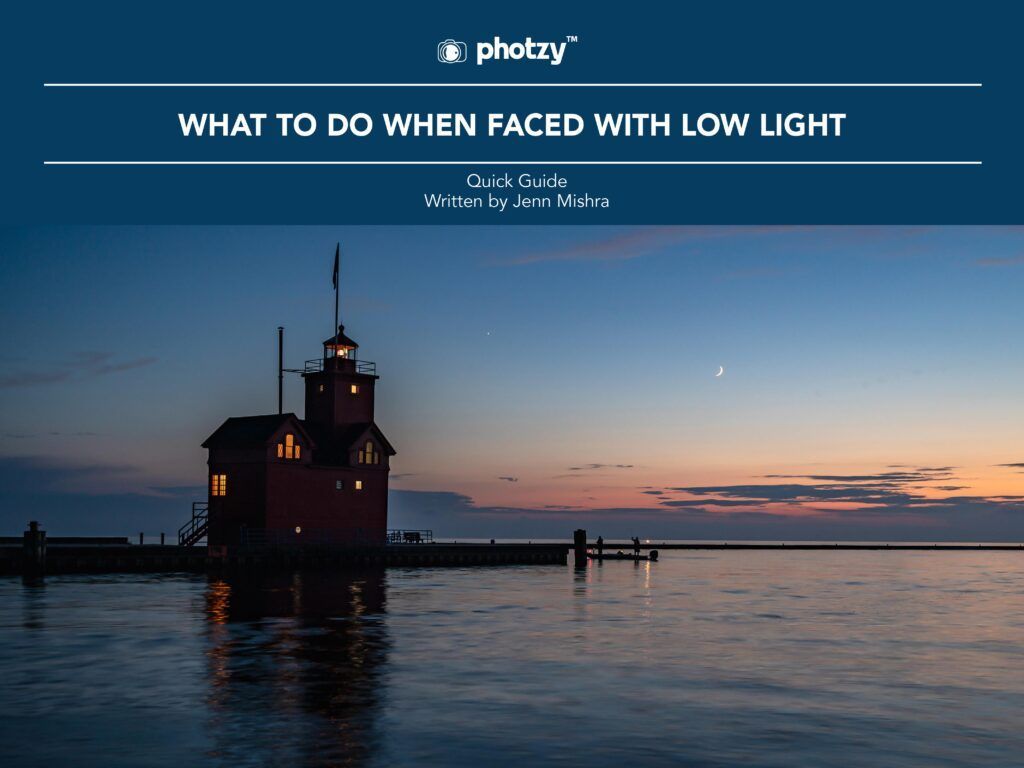
Every photographer that has ever lived since the inception of photography has battled this
one consistent challenge.
What challenge, you ask?
Low lighting is photography’s nemesis.
It is the sole reason that camera manufacturers are singularly obsessed with improving their
image sensors.
Until the perfect digital sensor is invented—if ever—we photographers must work with low
light.
And that is the topic of this gorgeous and perfectly written photo guide by Jenn Mishra.
Jenn gives you her top five tips for dealing with low lighting—tips that anyone at any level
can use.
Are you interested in mastering the art of low-light photography?
Click below to read about it!
Photo Credit: Jenn Mishra
#Photography Tips
What’s the best digital camera to buy in 2023? That’s a tricky question. After all, cameras, like people, come in all shapes and sizes. No one camera will be the best for everyone. And each photographer, whether beginner, intermediate, or pro, will be looking for the best camera to suit their needs.
When a lot of people ask for the best digital camera, they aren’t looking for something that just produces great stills. They want a camera that can also produce something special when it comes to video too. This is where the Canon EOS R5 stands proudly above the crowd.
For picture quality, the EOS R5 is one of the best in the business. With an outstanding 45 MP resolution, the full frame sensor produces images that will knock your socks off. You can also choose between the mechanical and electronic shutters when using burst mode. This gives you a great variety of options for continuous shooting.
The video capabilities set the Canon EOS R5 apart from the competition. You can shoot uncropped 8K video internally at up to 29.97 fps in 4:2:2 or UHD at 30p. Either way, the results will make your jaw drop.
The needs and wants of the modern photographer are constantly being redefined as they stretch out into multimedia production. In this professional landscape, the Canon EOS R5 is a mirrorless camera at the very top of the game. It’s the very best camera for professional multimedia creators in 2023.
If you’ve only just fallen in love with photography, this could be the perfect camera for you. Whether this is your first DSLR or if you’re making the jump from point-and-shoot cameras, you can’t go wrong with the Nikon D3500.
The D3500 has reliable auto-functions, so anyone can pick up the camera and start shooting. And with a solid APS-C 24 MP sensor, it means you can produce high-quality images right from the start.
It does lack some features, such as a good burst function for continuous shooting. And it could benefit from having a movable screen for multi-angle shots. But simplicity is part of the Nikon D3500‘s appeal. You can play around with the functions without getting lost in a maze of buttons and menus. This allows you to focus on honing your craft.
One beneficial feature is how you can connect the camera to your smartphone using the Nikon Smartbridge app, which connects using Bluetooth. This allows you to move photos from one to the other, freeing up space on the memory card as you go.
The Nikon D3500 is functional, easy to use, and reasonably priced. And the excellent results will only make your enthusiasm for photography grow. It certainly is one of today’s best deals and could be the best camera for beginners in 2023.
The Canon EOS 7D Mark II is a brilliant DSLR camera for beginners. It’s a real step up from its predecessor, the 7D Mark I. Its improved specs and functions make it a more usable and versatile camera.
With the sensor resolution increased to 20 MP and an expanded ISO range, the 7D Mark II can still produce excellent results in low-light conditions.
One outstanding feature is the 65-point wide-area autofocus system. This lets you track your subject as it moves across the screen, keeping it in focus even when moving at high speeds. Coupled with the 10 fps burst mode, this makes the 7D Mark II ideal for sports photography.
This camera is highly responsive and has a generous buffer that allows for continuous shooting without sacrificing quality or performance.
The usability makes the Canon 7D Mark II one of the best cameras for beginners. But the performance and functionality make it a perfectly viable option for more experienced enthusiasts.
If you are looking to go beyond the limitations of smartphone cameras, then Sony’s a6000 is one of the best compact digital cameras you can find in 2023.
It has a compact and lightweight build that makes it easy to carry when you’re on the move. It is a perfect travel camera and allows for a wide variety of styles. It’s perfect for street, nature, or portrait photography.
The image quality is also impressive. The a6000 has a photo resolution of 24.3 megapixels, phase detection auto-focus, and an 11 fps burst function. And to top that, you can also shoot video in 1080p.
The Sony a6000 is among the best cameras for beginners in the compact range. It’s perfect for those moving away from smartphone content creation as it is compact and easy to use. The quality and functionality also mean it is a good option for a more seasoned enthusiast.
All the talk these days seems to be about mirrorless camera technology. But with the Canon EOS 90D, Canon has made a statement that DSLRs aren’t going anywhere just yet.
The first thing you notice when using the EOS 90D is how ergonomic the body is. The comfort of the grip allows you to shoot for hours without fatigue in your hands or arms.
Canon has really pushed the APS-C sensor to the next level. The image resolution for the EOS 90D is a whopping 32.5 MP. The 45-point cross-type autofocus system has excellent subject recognition and low-light sensitivity. This means you can create superb photos in all types of challenging conditions.
The EOS 90D has 4K video resolution, with a video speed of 120 fps in Full HD mode. The microphone and headphone connections also allow you to record audio with your high-quality video.
You can also connect the camera to your smart device using their Camera Connect app. This allows you to easily move and share images. This connectivity is useful when you’re out in the field.
The Canon EOS 90D is versatile, reliable, and a pleasure to use. If you’re really starting to take photography seriously, then this may be the best camera for you. It is one of today’s best deals.
The Fujifilm X-S10 is the ideal camera for most enthusiast photographers. It has a perfect blend of usability and performance.
It has an image resolution of 26.1 MP, a 2.36-million dot EVF, and a high-quality vari-angle touchscreen. Its ergonomic yet straightforward build makes the Fujifilm X-S10 a joy to use.
The in-body image stabilization system (IBIS) lets you capture the shot you want without losing image quality, giving the Fujifilm X-S10 a broad appeal.
The Fujifilm X-S10 is affordable, easy to use, and produces excellent-quality stills and videos. It is the camera for an intermediate that wants to get out there and shoot.
The Micro Four Thirds sensor is smaller than the APS-C sensors used on most DSLRs. But the Olympus OM-D E-M10 Mark III still packs a punch.
This sensor type also has its advantages. The smaller sensor gives you a 2x effective focal length, getting you closer to your subject without the need to change to a bigger lens.
With a stronger processing engine and a more sensitive autofocusing system, this is a real step up from its predecessor, the Mark II.
The 5-axis image stabilization system allows for excellent low-light image capture. And the 2,360,000-dot electronic viewfinder and tilting screen makes for great usability.
If you need something smaller that still packs a punch, the Olympus OM-D E-M10 Mark III could be the best camera option for you this year.
The Canon EOS 6D Mark II is a solid camera for a serious photography enthusiast. While it does fall short in some areas, it offers some useful features.
The CMOS full frame sensor has a highly respectable 26.2 MP resolution. A sensor of this quality gives the user great scope to capture some impressive images in any environment.
The burst speed is sluggish at only 6.5 fps. But the advanced 45-point autofocus system allows for sharp and precise image capture even when the subject is on the move or in low light.
The 102,400 expandable ISO range also gives the photographer greater flexibility in more challenging conditions.
Perhaps it’s not the most versatile camera, but the Canon EOS 6D Mark II is still a rugged camera. It’s for those photographers determined to get superb images in any conditions.
When it comes to the age-old Nikon vs Canon debate, there is not much to separate the two. But in the case of full frame mirrorless cameras, the Nikon Z6 II suggests that Nikon has the advantage.
The full frame sensor, with a 24.5 MP image resolution, produces stunning images. And the in-body image stabilization system proves highly beneficial if you’re shooting in low-light conditions.
It also has a rapid 14 fps burst mode for continuous shooting, which is more than most DSLRs. And it’s entirely weather sealed. These attributes make the Nikon Z6 II the perfect action camera for the outdoors.
Another benefit of the Z6 II is that you can use the other Nikon lenses you own if you have the correct adaptor.
Is the Nikon Z6 II the best full frame mirrorless camera in its field? It might well be.
Sometimes you might want to capture fantastic images without having to carry a heavy camera with large lenses. In that case, the Panasonic LUMIX TS200 is an excellent option for a photography enthusiast.
It has a 1-inch sensor, which is much larger than your average compact. But the most impressive weapon in its arsenal is the 15x optical zoom lens. It’s perfect for capturing any distant subject that would normally be out of reach.
And with all that firepower, it still fits into a small bag or even into your pocket. This makes it a perfect travel camera for those weekends away.
The Panasonic LUMIX TS200 easy to use, fits in your pocket, and produces fantastic images. It’s everything a point-and-shoot camera should be. The price might turn off beginners, but this is a perfect compact camera for an enthusiast.
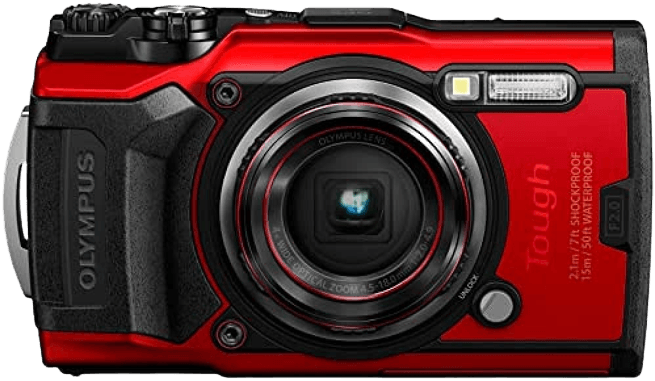
The latest in their rugged TG line, the Olympus TG-6 is their most durable action camera yet. This camera is designed for life in the wild.
It has a rugged and compact design. And it’s easy to transport, whether in a backpack or in your pocket.
The TG-6 is waterproof to 45 ft (15 m), shockproof from 6.9 ft (2.1 m), crushproof to 220 lbs (100 kg), freezeproof to 14 F (-10 C), and dustproof.
The TG-6 is limited to only a 12 MP image sensor. But it has additional features that will appeal to the intrepid explorer, such as GPS, altimeter, compass, thermometer, and accelerometer. It also boasts a 20 fps burst mode and shoots 4K video.
A great action camera, the Olympus TG-6 is built for adventure. If you’re an enthusiast of the great outdoors and you want to capture every moment, this is the best camera you can buy in 2023.
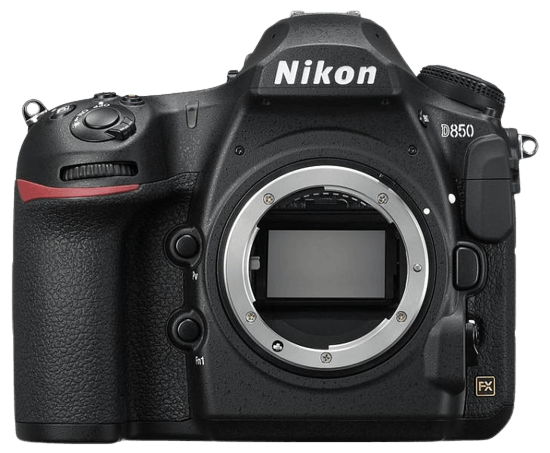
If you’re going pro, then the Nikon D850 is worth your consideration. It’s perfect for hardworking professional photographers.
The full frame sensor has no optical low-pass filter and produces an image resolution of 45.7 MP. You’ll have a hard time finding anything better than that in the world of DSLRs.
It can shoot at 9 fps while still keeping its full resolution and autofocus capabilities. It’s perfect for sport, documentary, or wildlife photography.
A standout feature is the focus shooting mode. This mode allows you to change the focal area after taking the picture. It also makes image stacking possible in post-production.
The intervalometer also provides a lot of creative scope for time-lapse photography. You can program specific intervals and shooting rates for different effects.
Other useful features include Bluetooth, GPS, Wi-Fi connectivity, and a competitive 4K video capture.
The Nikon D850 is not cheap. But if you’re serious about going pro, this camera won’t let you down. When it comes to versatility and usability, it’s the best camera for professional photographers in 2023.
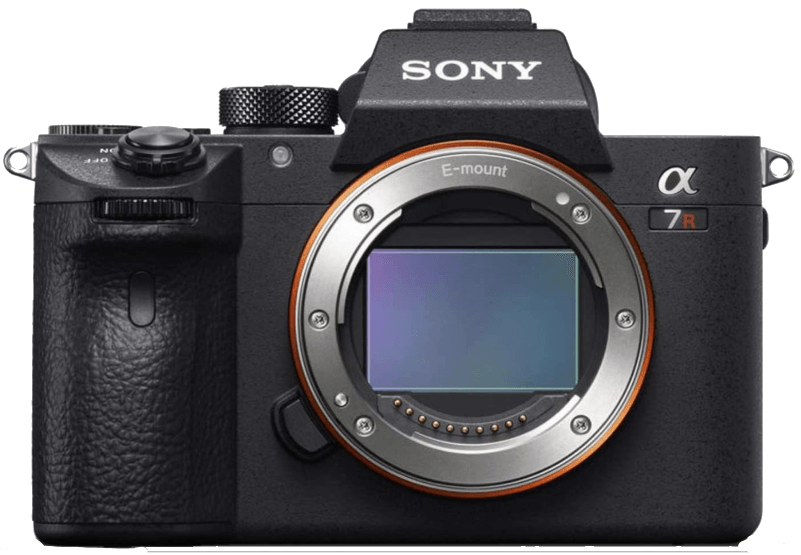
The Sony A7R III is at the top of the mirrorless sensor league. It’s durable, usable, excellent quality, and competitively priced.
Unlike most other mirrorless cameras, the A7R III has a full frame sensor with an image resolution of 42.4 MP.
The real point of difference with the Sony A7R III is the sound. Its mirrorless design means you can shoot in complete silence, even when using the 10 fps burst function. It’s ideal for snapping those intimate wildlife shots out in the bush.
You’ll be impressed by the autofocus on this machine. The autofocus will function beautifully using the burst mode or when the light is low.
The Sony A7R III is not limited to wildlife photography, though. Its functionality, reliability, and compact size mean the possibilities are nearly limitless.
You can’t go wrong with this one. In terms of bang for your buck, it’s the best full frame mirrorless camera on the market right now.
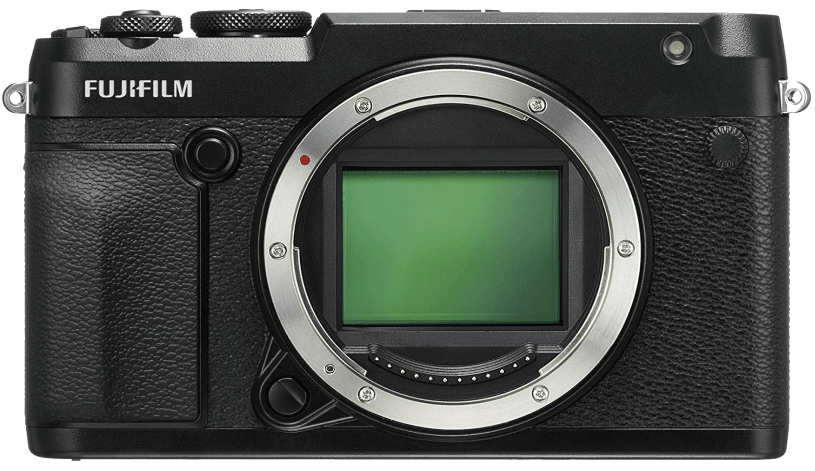
As a medium format camera, the Fujifilm GFX 50R won’t be for everyone. This type of camera does not have the versatility or functionality of a DSLR or mirrorless camera.
But the Fujifilm GFX 50R does capture stunning images with unparalleled clarity and crispness. It has an impressive sensor size with an image resolution of 51.4 MP. With that kind of firepower, you’ll definitely be impressed when you see the results.
The image is shot through 425 focus points. There are 117 contrast detection points, and the rest are phase detection points. This hybrid system gives you a dynamic range that is yet to be surpassed.
The Fujifilm GFX 50R is by no means an all-rounder. This medium format camera knows its role and does it brilliantly. The images are truly exceptional, and this is the best medium format camera on the market.
There’s our list of the best digital cameras you can buy in 2023. If you’re looking for an easily pocketable camera that will still give you great results, the Panasonic LUMIX ZS200 is a super choice. For an entry-level camera with interchangeable lenses, the superb value of the Olympus OM-D E M10 Mark IV could be for you. Or if you’re taking fine art prints to display at gallery size, take a look at the Fujifilm GFX 50R.
But for everyday superb results in all situations, the Canon EOS R5 is our top pick of the bunch.
------------------------------------------------------------------------
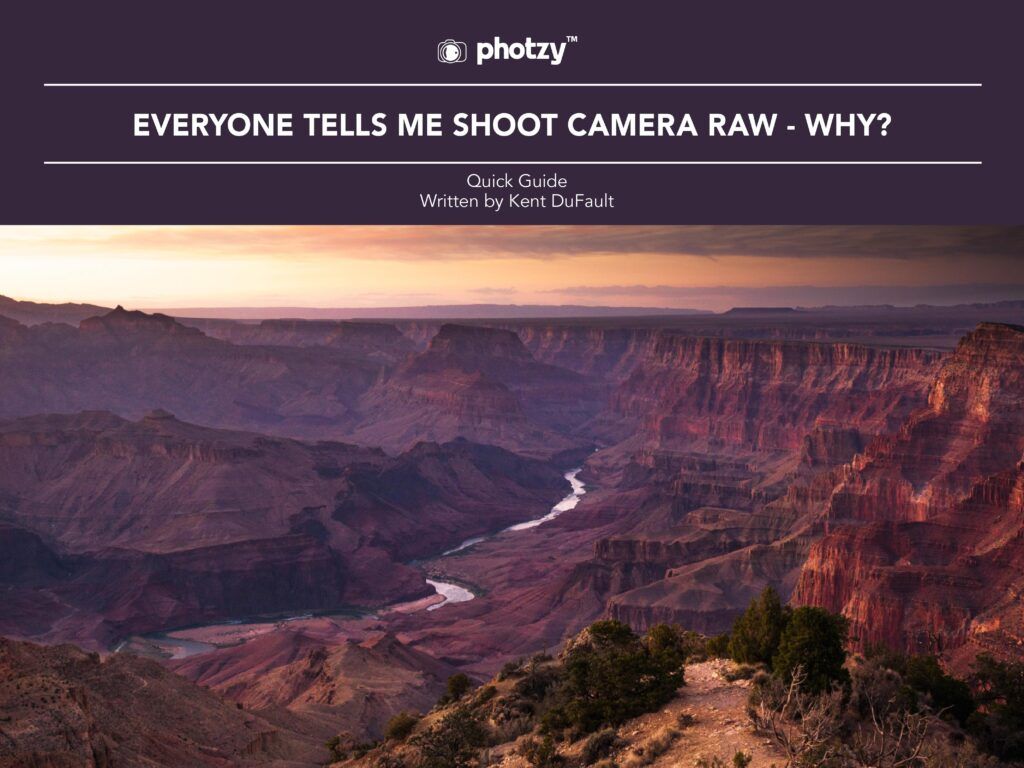
Camera Raw is a photo file format developed by Adobe and incrementally adopted into all the camera manufacturers’ products.
The advice is often heard that a photographer should only shoot the camera raw format.
However, it rarely explains why and what the history of this file format actually is.
In this guide, Kent DuFault spells it all out for you. You will get the why, what, and history of this remarkable photographic tool.
He even lists the benefits and detriments of the camera raw format.
If you would like a thorough and better understanding of the camera raw system, this is the eBook for you!
Grab it below.
Photo Credit: Daniel Olah
| #Photography Tutorial |
If you’re one of those people who always leaves their camera at home, it’s time to start thinking about how to take good photos. Even if you don’t have an expensive camera, there are a few things you can do to take great photos with whatever camera you have. Here are ten foolproof steps for beginners that will help you take better photos right away!
Like most people, I struggled to see the point in this when I bought my first digital camera. Why couldn’t I just leave it on priority mode?
Manual mode is much like using an old film SLR from the 1960s, when they didn’t have buttons like aperture priority and other modes that do it all for you.
Being the only option, photographers were forced to learn to use their cameras in manual. In doing so, they fully learned how their cameras worked.
Once you know how to properly use your camera, it becomes much easier to spot where you’re going wrong and to fix it.
Priority modes are good for some
situations. But once you know how to properly shoot on manual, you’ll
find there’s no need for them and you’ll get better photos on your own. A silhouette of a dog on the beach – how to take good pictures
A silhouette of a dog on the beach – how to take good pictures
This one might seem a little funny but let me explain…
Once you’ve learnt basic composition techniques, such as the rule of thirds and the use of leading lines, you start to look at everything differently. You’ll start seeing and thinking about how you might frame a photo, even when you haven’t got a camera on you.
This knowledge sticks with you and subtly helps your photos improve from good pictures to great pictures.
Well then, why forget them?
Simple. As a photographer, this becomes too obvious to be interesting and you’ll become bored of your photos.
One of the main challenges of photography is to keep your photos fresh and interesting. You can do this by pushing the boundaries of the ‘rules’ of photography.
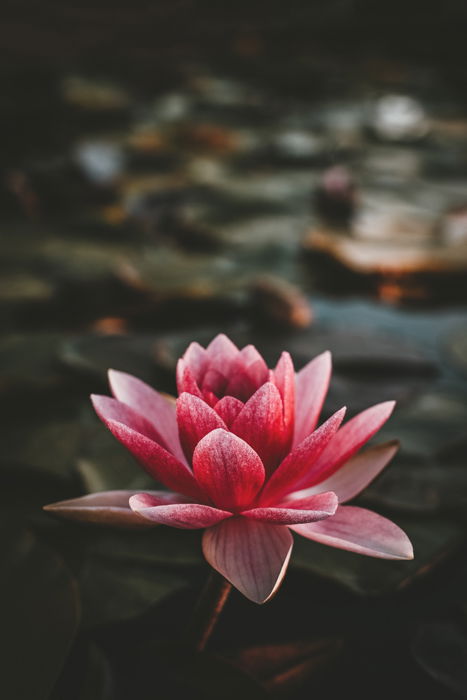
I can’t stress this enough so please pay attention. On camera flash (pop-up especially) is incredibly unflattering to your subject and really flattens your image. It could be from your DSLR camera or iPhone.
When the light comes from the same angle as the lens, you’re left without any of the scene’s natural shadows. Photos with on-camera flash may as well have been taken on your phone.
When I first started out, I hated the pop-up flash so much so that I didn’t consider myself a ‘flash’ person. This lasted until a friend talked me into buying an external flash unit.
I finally saw what I was missing – buy one now! Natural light as your only light source can only get you so far in the search for better pictures.
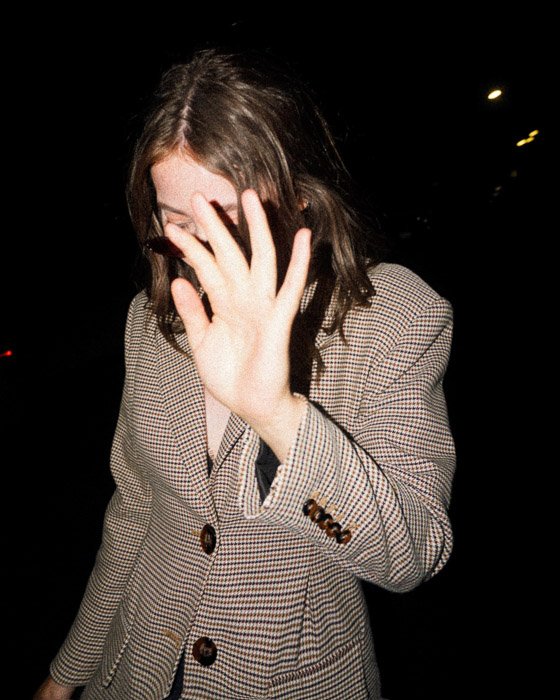
As a tall person, I always find myself adjusting my height when taking photos of people so that I’m not looking down on them.
I try to take this a little further where possible and find new ways of looking at photos. If you follow professional photographers on social media, you might find that they always present new ways in capturing professional shots.
Instead of mounting the camera on a tripod, why not use the floor or through a crowd? Keeping a fresh perspective maintains fresh photos!
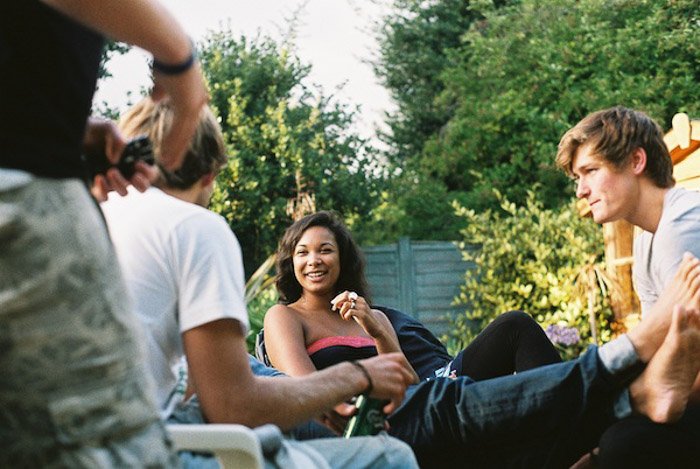
I am my own telephoto lens and you are too!
Instead of zooming in, get involved in the photo. Look at things from a different angle – this allows for a different perspective.
Search for the finer details that would usually be overlooked in a scene and make these the subject if you really want the best photos.
Think before you shoot or you’ll forget to think at all.
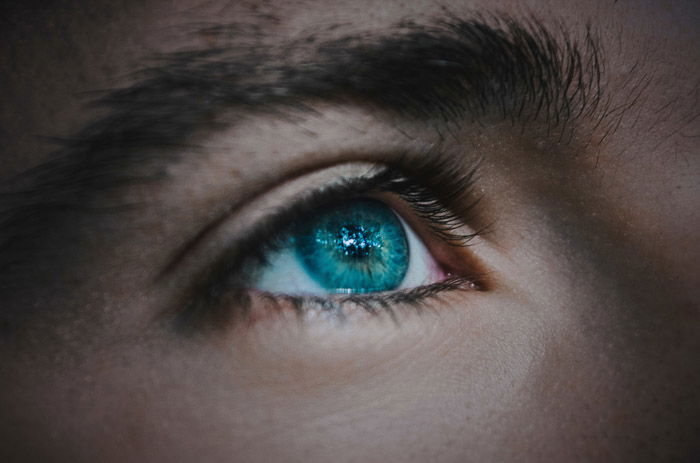
The background is as much a part of your photo as the subject so make sure it’s not cluttered and messy. Moving your camera just a few degrees to the side may make all the difference when it comes to cleaning up your shot.
Think about what’s in your viewfinder or on your screen. Ask yourself if each individual element adds something to make it a great photo. If the answer is “no”, it’s taking away from the photos.
Branches, sky and other people are just a few things to look out for. The branch in the shot below really bugs me. You can use photo editing software, such as Photoshop or a camera app.
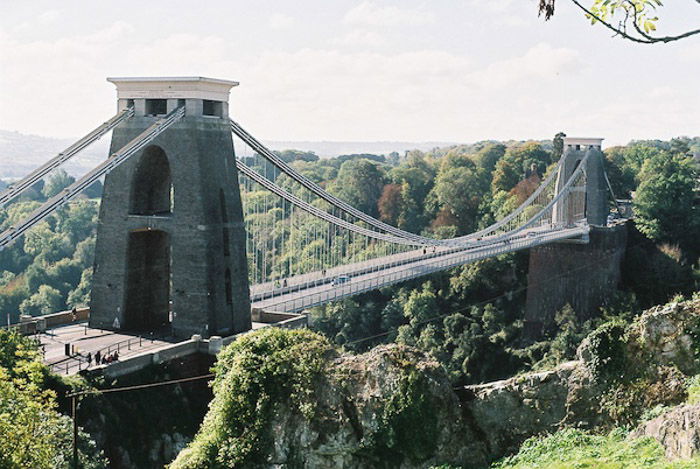
Look for a way to put a frame within a frame, like a doorway or window. In the photo below I used a bluebell flower.
Framing can add context to your photos, telling the viewer a little more about what’s going on and where the photo was taken.
Not only does this add a sense of depth but also another element of interest that the photo didn’t have before. Try a close-up shot for a tighter frame.
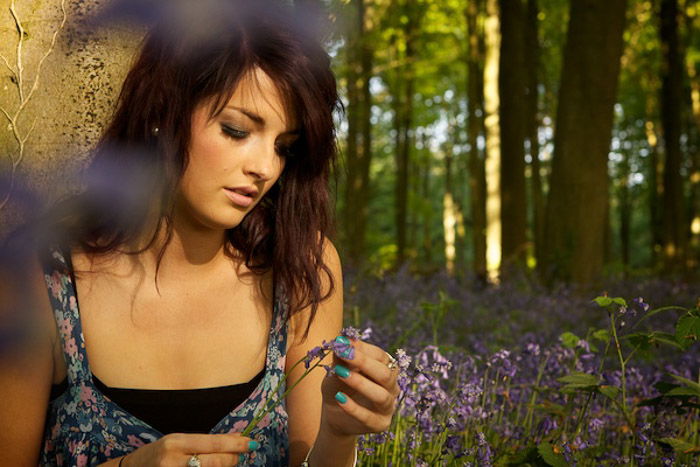
This is so vitally important if you want good photos that I’ve written an entire post on it here. I strongly suggest you read it.
The WB is all about the color cast of your photos.
Shooting indoors without a flash often results in the people in your photos appearing to have nasty orange-colored skin.
Mastering WB really sets you apart from other people, most of whom aren’t even aware of the problem. It will dramatically improve your end results.

LCD displays on digital cameras are getting better these days but are still subject to the environment you’re in.
If you’re out and about on a really sunny day, you’ll find that shading the display with your hand doesn’t do the job when it comes to looking at photos.
The histogram is a mathematical representation of how well exposed an image is. It’s a great basis for improving your photography (don’t worry, it’s not as complicated as it sounds).
It’s no use waiting until you get home to find out that your photos are no good! Read more about it here.
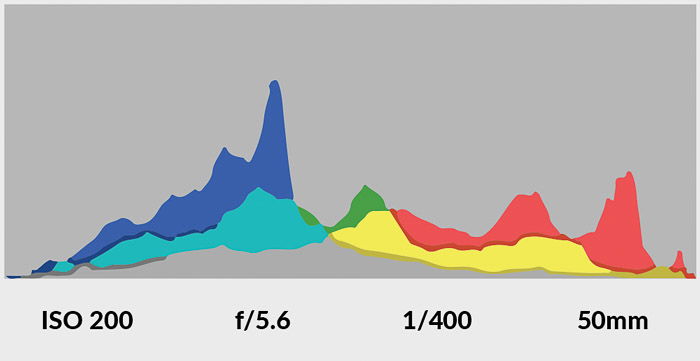
Rome wasn’t built in a day; if you want to get good at anything in life, you have to work hard at it – these things don’t come for free.
The fortunate thing about photography is that it’s a lot of fun to play around with. Even though you’ll still think you suck from time to time, with just a little practice, you will always begin to see results in your photos.
Take the steps listed above and read some of the tutorials on this website – you’ll be an expert in no time. Ready to post the best social media images to boost your business.
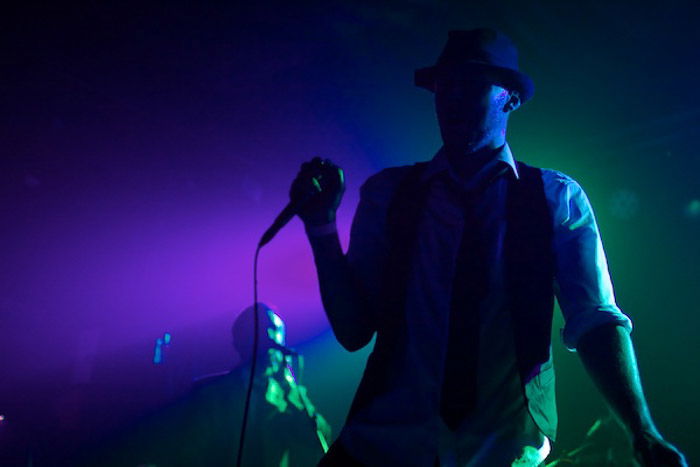
---------------------------------------------------------------------------------
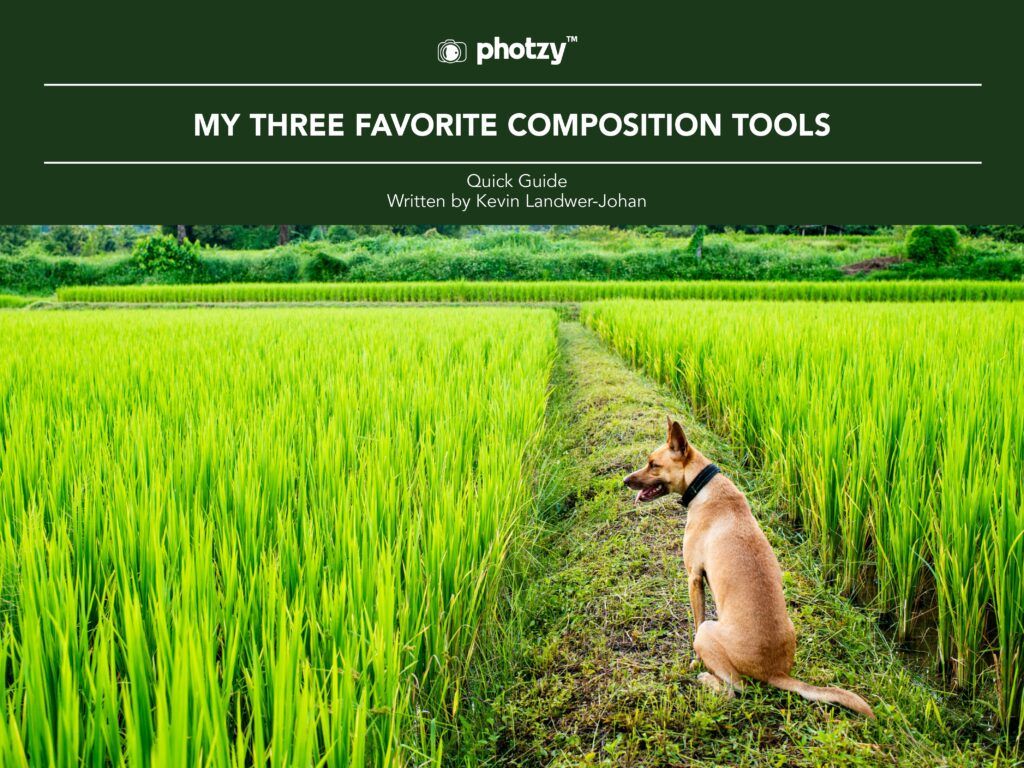
Many photography teachers will encourage you to learn the rules of composition and then break them.
We prefer a different approach.
We encourage you to learn the rules so well that you can apply them intuitively. The more you understand and practice the rules of composition, the more they become tools for you.
Like any crafts person, the more you use your tools, the more skilled you’ll become with them. In time, you’ll use them subconsciously.
You’ll learn which tool to use when you bring your camera to your eye.
Still, we all have a few favorite tools in our toolbox, and today Kevin Landwer-Johan will share his three favorite composition tools with you and why.
Click below for your reserved copy.
Photo Credit: Kevin Landwer-Johan
-------------------------------------------------------------------------------------------
Advertisement:
It's simple. Open an account and deposit at least $40 or direct deposit and receive an additional $40 from Netspend. In addition to the $40 you'll also get your own referral code where YOU can get paid $40 for each person YOU refer when they open an account and get approved for their Netspend Card.
Access Netspend: Click Here
Choosing the right equipment for macro flower photography
is something really personal. At the end of the day, it’s about what
works best for you. But that doesn’t mean we can’t help you make a wise
choice.
Camera body, macro lenses, diffuser, reflector, tripod and shutter release are essential pieces of gear for taking macro photos of flowers. But you should also take into account portability.
Long nature walks carrying heavy equipment are not something I like to do, so I try to reduce my gear to the minimum.
Most of the time I carry just my camera with a 100mm macro lens, a small and lightweight tripod, an IR shutter release and a couple of sheets of white and wax paper. I use these as natural light reflectors and diffusers.
Whenever possible, I try to bring more gear with me but this essential kit has never failed me.
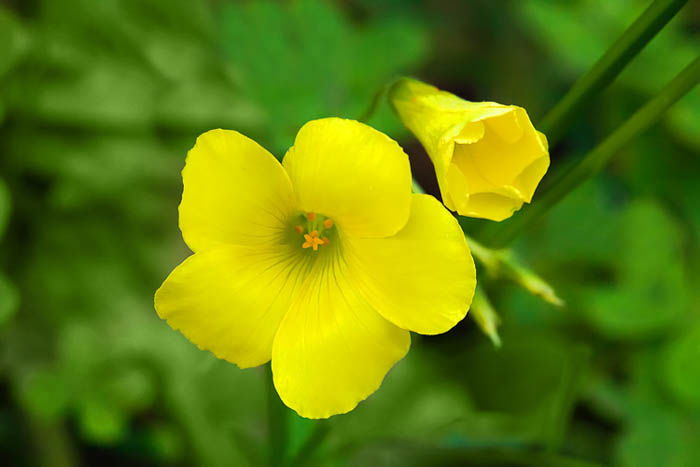
Macro flower photography depends a lot on location, weather conditions and time of day. Being one step ahead and planning are key factors in shooting flowers.
I try to scout the place and check the weather conditions in advance.
Calculating the best time of the day to photograph is also important.
This will affect the harshness and color temperature of sunlight.
Early morning and late afternoon have a softer light than midday. And the end of the day has a warmer light than the morning.
Spring is for me the best time for flower photography. The conditions
are optimal, the sun is shining and the flowers are blooming.
But it doesn’t mean the other seasons can’t offer great images. This
next picture was photographed in wintertime with early morning
raindrops.
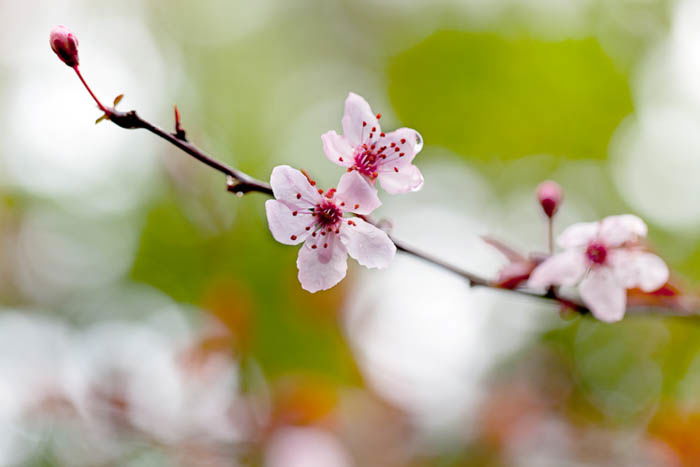
With such a tight framing, composition assumes a dominant role in the image. Following the rule of thirds and using negative space are great ways to create interest in your image.
Finding the right angle is not easy. I always take a look through a
handheld camera and only set up a tripod when I find the right spot.
It’s also important to find the right angle to create volume. Photographing flowers can look really flat. Try to capture macro shots in different angles.
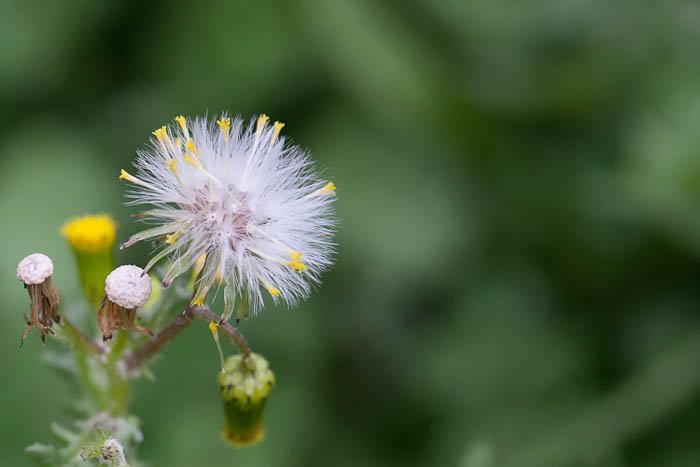
Controlling the distance between
the nearest and the farthest objects in focus on the scene provides a
great way to create interest in your image. It allows for background
separation and a cleaner composition without distracting elements.
Both of these images were photographed with the same camera body and lens combination. The only difference is the f stop used.
The left image was photographed with f/32 while the right image was photographed with f/5.6. This produced a shallower depth of field and better background separation. The resulting image is by far more interesting.

It might seem that flowers don’t move much. But even the slightest breeze can create a motion blur effect when photographing close-up or at such a close distance.
Even with the camera mounted on a tripod, it is really important to determine the right shutter speed to freeze the action.
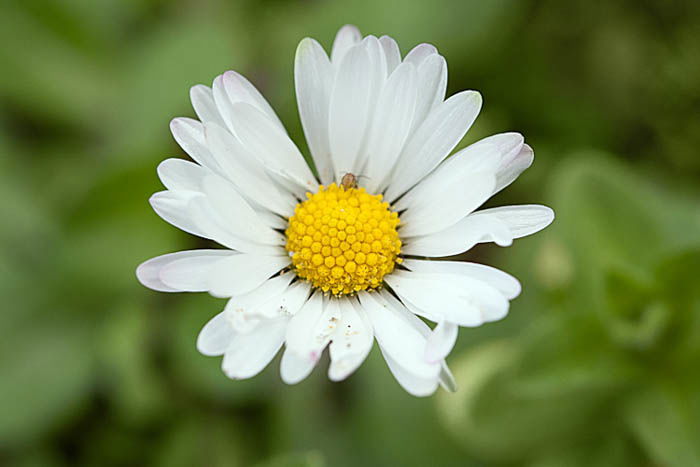
Even though natural light is created by the sun, it can look very
different depending on many factors. Weather conditions, time of the day
and season can affect it.
Reflecting or diffusing are simple ways to control this light. You can
do this with simple and easily available objects if you don’t have a
reflector kit.
A white sheet of paper or foam board can reflect light, creating a fill
effect. At the same time, translucent wax paper can diffuse the light to
create a softening effect.
The next images show the difference between direct harsh sunlight (left) and that same light softened with a diffuser (right).

Creating the right focus point on photos of flowers is not an easy task. Auto-focus often gets confused by focus points overload. And in macro photography distances a couple of millimetres might be enough to have the wrong focus point.
Manual focus is the way to go if are using a tripod and have control of the camera’s positioning.
Auto-focus is essential for handheld shots but you should use the
One-Shot AF option. This is a more reliable focusing method because it
locks focus, while AI Servo does not.
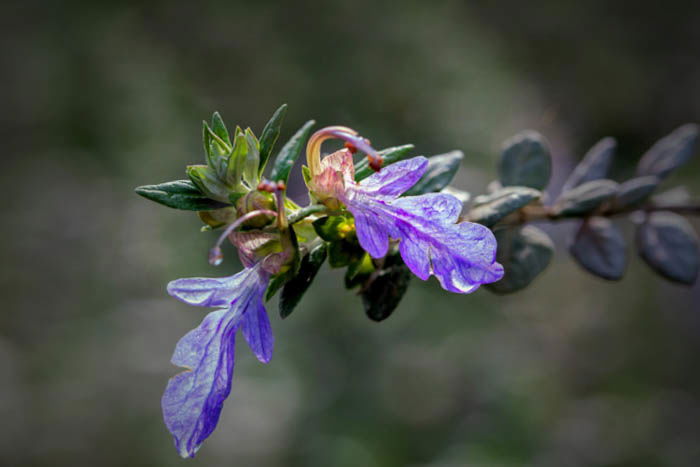
Even though I prefer to use natural
light, sometimes sunlight is just not enough light. This is when you
need to resort to artificial light.
LED lighting has come a long way. Nowadays, it is the main source for continuous artificial photography lighting.
I use a light system that consists of two articulated arms with small LED bulbs.
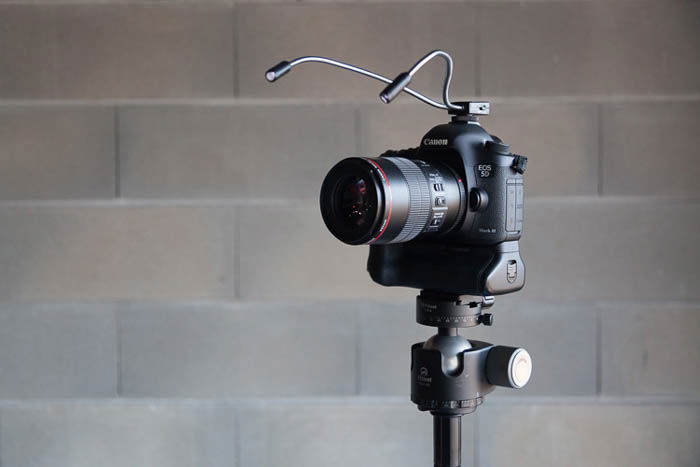
These LEDs create precise light spots on the image. They add texture and
volume to the images of flowers making it a lot more interesting.
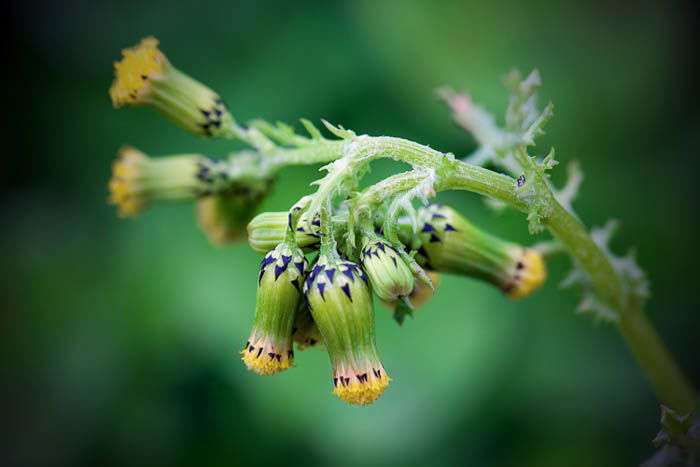
When LEDs are not enough, flash lighting comes to the rescue. It is a lot more powerful and offers different possibilities.
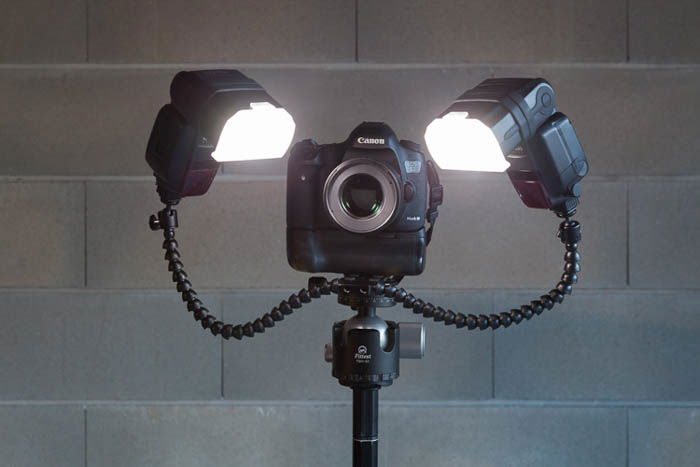
This twin light system overpowers natural light most of the time. It results in images with a more artificial look.
But it also freezes movement. This allows us to create images that would be otherwise impossible due to insufficient light.
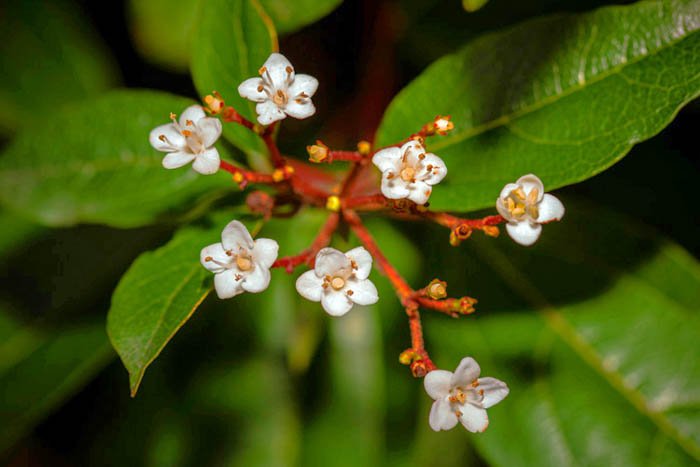
The macro world is always a fascinating one. From insects to food, it offers endless photographic opportunities.
We can relate to things that we are able to see with the naked eyes.
When we increase the magnification things rapidly become abstract to us.
And that makes them interesting.
The abstract factor can be the theme for some amazing images. What starts as plain flower photography quickly becomes a work of art.
All you have to do is increase the magnification scale.
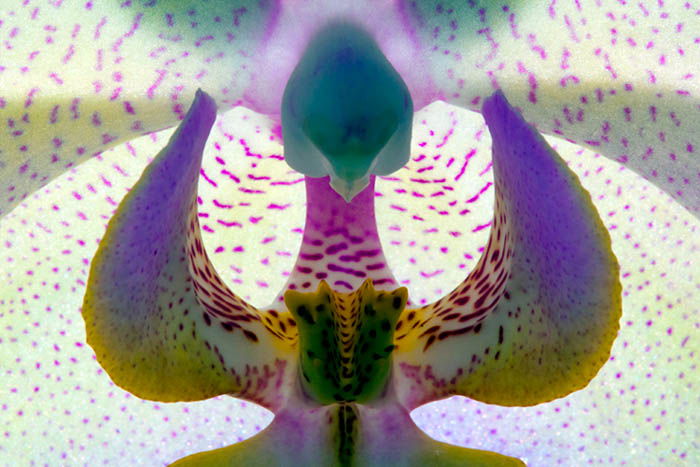
So there you have it. These simple tips for macro flower photography
will for sure set you on the right track to some amazing flower images.
Go out there and give it a try!
----------------------------------------------------------------------------------

Macro photography requires specialized skills.
The skill needs to ramp up when your subjects are insects because they don’t sit still.
In this eBook, Leanne Cleavely shares four ideas for better macro shots of insects.
Here is what she covers:
If you’re interested in insect photography, don’t miss out on this informative and inspiring guide!
Get it now.
Photo Credit: Leanne Cleaveley